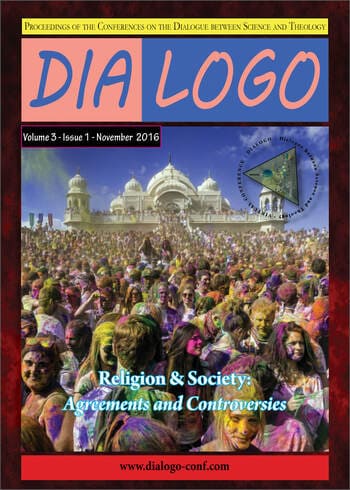A Pilgrimage through Traditional Romania
A Pilgrimage through Traditional Romania
Memory, History, Religion: Exploring Irish-Romanian Boundaries in Peter Hurley’s THE WAY OF THE CROSSES
Author(s): Nicoleta StancaSubject(s): History, Regional Geography, Studies of Literature, Local History / Microhistory, Theology and Religion
Published by: EDIS- Publishing Institution of the University of Zilina
Keywords: travel writing; collective and individual memory; crosses; Ireland; Romania; Peter Hurley;
Summary/Abstract: This paper will look at the manner in which Romania is perceived by an Irishman, Peter Hurley, living here for twenty years, traveling on foot from Săpânța to Bucharest (26 days, 650 kilometers) and recounting it all in a book, The Way of the Crosses (2013). The title of Hurley’s book may have been inspired by a hybrid Irish-Romanian experience, signaled to the author by another Irishman, Shaun Davey, who, in 2009, composed music triggered by the “lyrics” of the epitaphs on the crosses in the Merry Cemetery of Săpânța, Romania. Traveling, being inspired by Romanian landscape and culture, with the background of the Irish writer’s “sense of place”, Hurley’s account is meant to reach audiences beyond the Romanian border and enable further interaction. The project of walking the way of the crosses and the writing about it, drawing maps and showing pictures fit in the Irish author’s preoccupations with bringing to the fore authentic traditional Romania. His travel writing becomes a means through which Romanian-Irish personal and collective memory are transmitted beyond boundaries, avoiding ideological perspectives, using elements such as Dacian pottery, Romanian ceramic production today and the story of the last family of potters in Maramureș. The translation of aspects of Romanian culture involves recalling legends, rituals, beliefs, stories, historical accounts, which are resituated in a transnational context (for instance, haystack making in Maramureș and the West of Ireland, Romanian children in popular costumes playing with plastic Chinese-made toy-guns, a Romanian peasant as the Last of the Mahicans). Hybridity also results from the author’s bilingualism (e.g. praying at a troiță in Romanian and translating the prayer into English in the book or keeping the Romanian words for “traistă”, “horincă”, “zacuscă”, “șindrile”).
Journal: Dialogo
- Issue Year: 3/2016
- Issue No: 1
- Page Range: 65-76
- Page Count: 12
- Language: English

